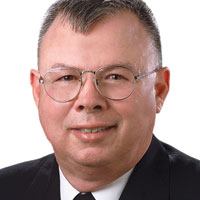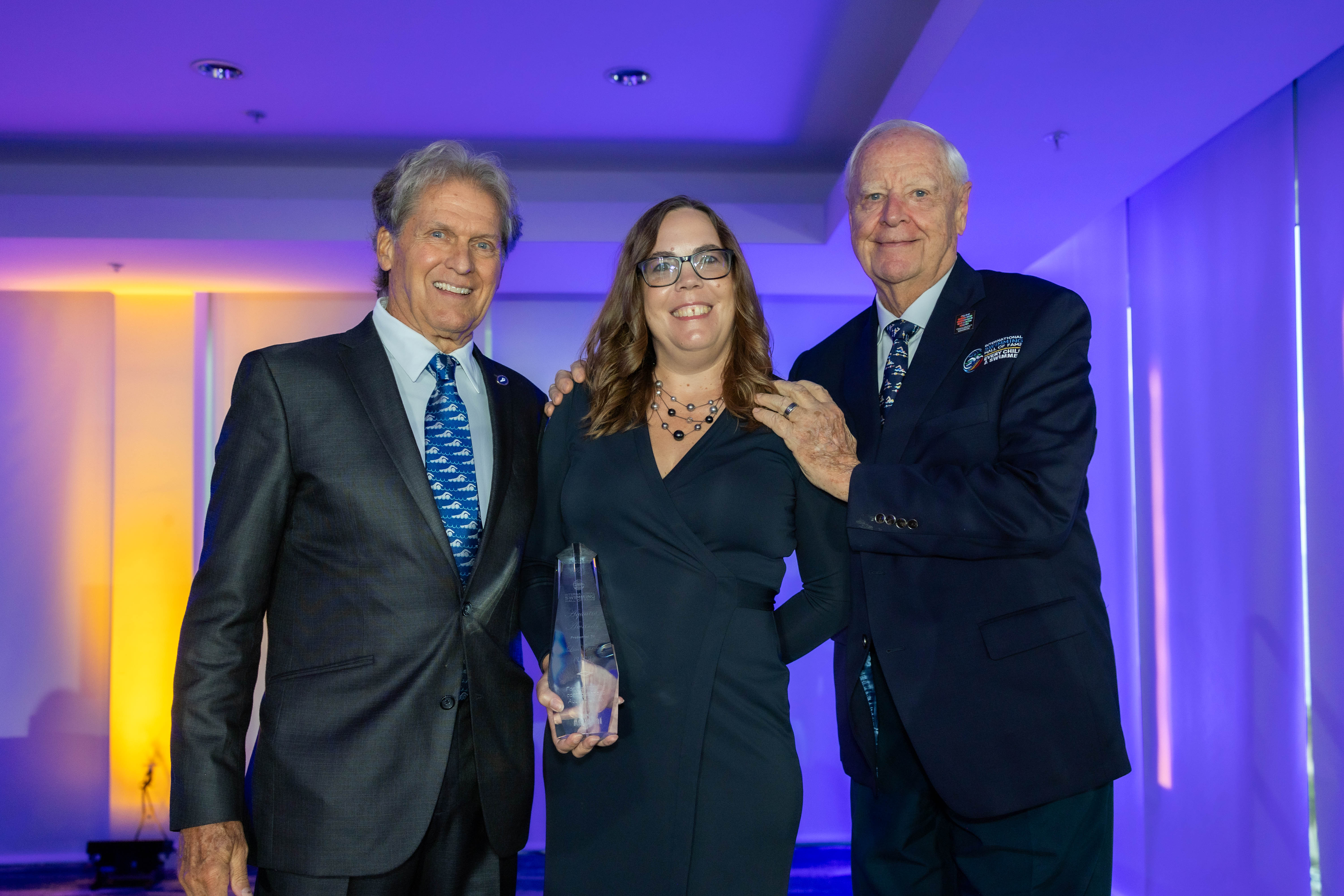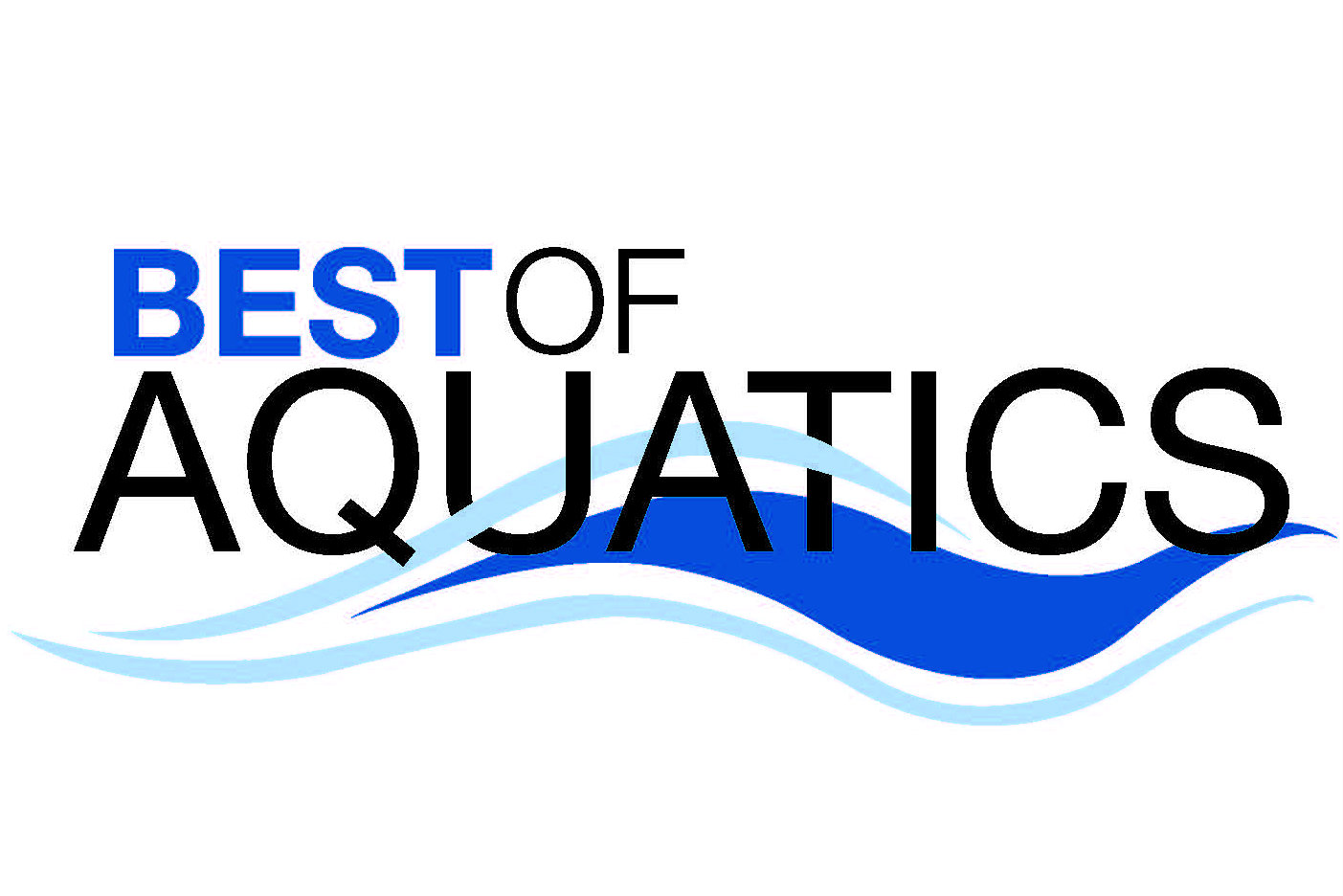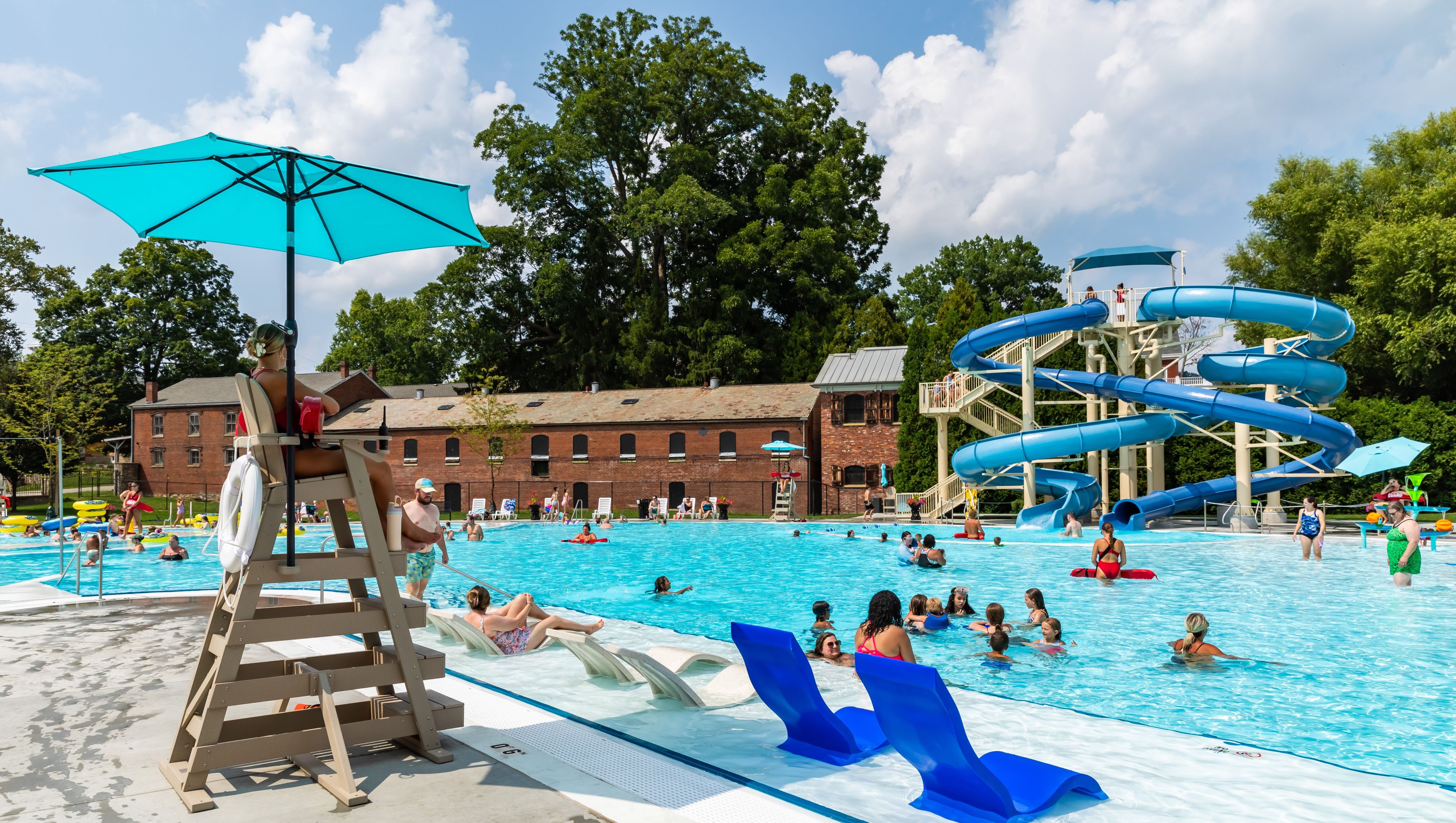POWER 25
• 2010 Power 25: Reinventors
It’s a crucial moment for aquatics. Here’s a look at who’s changing the game, for good!
• 2009 Power Forces
The current economic crisis is likely to shape much of what happens in 2009. We’ve asked past Power 25 honorees to weigh in on how it might affect aquatics — and what professionals can do to weather the storm.
He hasn’t found a cure for cancer or put an end to the common cold, but the United States is a healthier nation thanks to Capt. Charles Otto III, U.S. Public Health Service.
In the 1990s he worked with the U.S. Food and Drug Administration on developing the Model Food Code, a kind of blueprint of best-practice regulations that states can choose to adopt in part or as a whole. The food code has helped decrease the prevalence of food borne illnesses, and today Otto is relying on that experience to help lead the development of the Model Aquatic Health Code.
“The model we’re using [for the MAHC] is very similar to the food code model,” he explains.
Otto was involved with the MAHC from the start and within the CDC, he says the core of the project is a partnership between epidemiologists and environmental health professionals. He and Dr. Michael Beach, CDC’s associate director for healthy water, have helped facilitate that working relationship, which was key early on in establishing the broader organizational support that helped get the MAHC off the ground.
Today, Otto is a member of the Steering Committee, helping set the framework of what should be in the MAHC, codifying material as it is submitted by the technical committees and establishing the time frame. The Steering Committee also is working with the CDC’s public health law office to create a launch plan, to inform and train officials.
“It’s not just writing the code, but trying to work on the implementation phase, too,” says Otto, a graduate of the University of Mississippi.
With Otto amongst the leadership, if all goes as planned, MAHC will be in place in the next few years, ready to serve as a template just like its predecessor, the food code. And he will have left the nation healthier, again.



